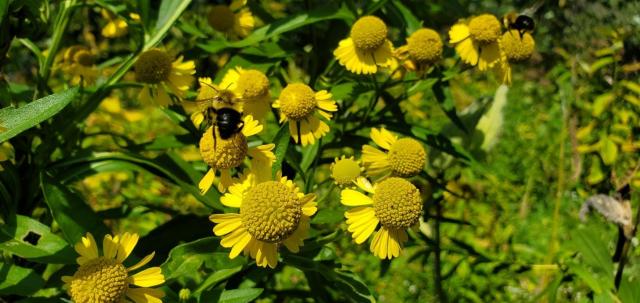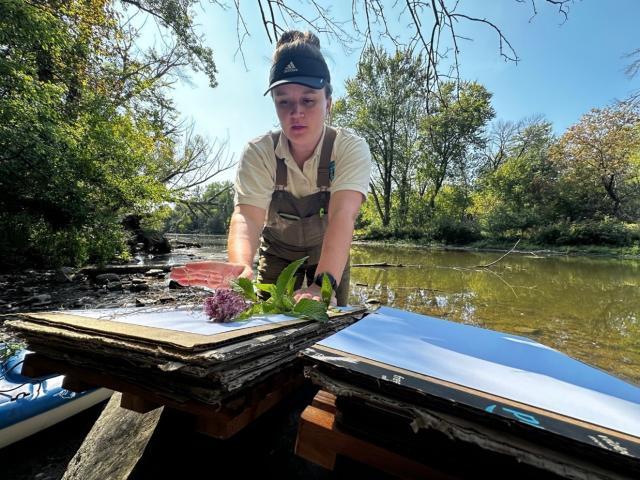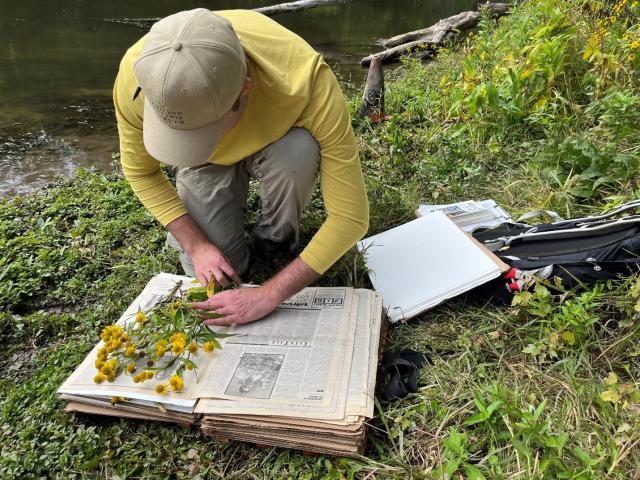Related Stories
- BLM Wild Horse & Burro Program Adoption Experiences: Life After Adoption
- BLM supports young, aspiring firefighters
- Orphaned wells: BLM and its partners address centuries-old pollution
- Jackson Hotshots sum-up season as one of success, family
- BLM gives presentation at the 30th Meeting of the London Group on Environmental Accounting
Office
250 E. Wisconsin Avenue
Suite 1100
Milwaukee, WI 53202
United States
Phone:
Email:



